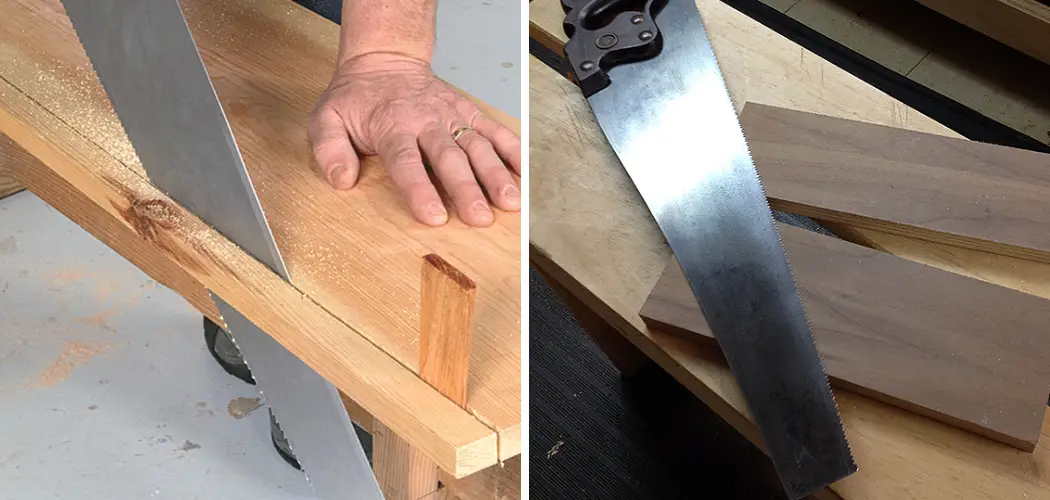We all know that a table saw is one of the most important tools in any woodworking shop. But what if you don’t have one?
If you’re like me, then you don’t have a table saw. And if you don’t have a table saw, then that means you have to get creative if you want to rip wood. Ripping wood without a table saw can be daunting, but with the right tools and techniques, it can be done relatively easily.
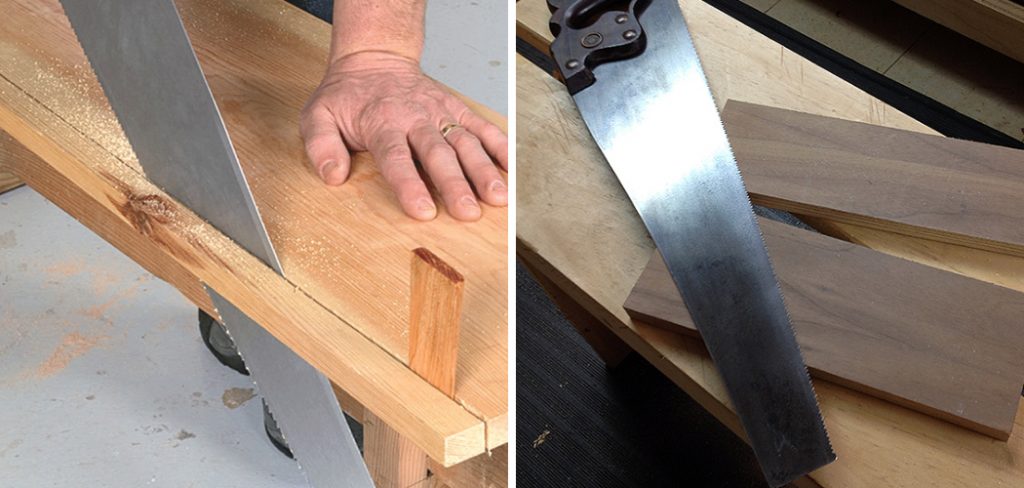
This blog post will show you how to rip wood without a table saw using a circular saw and clamps. We will also provide some tips for avoiding common mistakes when ripping wood without a table saw. So, if you are looking to save some money by not purchasing a table saw, or if you just don’t have access to one, keep reading for instructions on how to rip wood without a table.
Is It Difficult to Rip Wood Without a Table Saw?
In short, it can be a little more difficult to rip wood without a table saw. The key difference is that you won’t have the added stability and precision of a table saw’s fence and blade guard. This means that your cuts may not be as straight or even as they would be with a table saw, so extra care must be taken.
But, with the right techniques and tools, you can easily rip wood without a table saw. It just might take a little more time and effort.
Tools and Materials
- Circular saw
- Clamps
- Straight edge or straight board (for guiding the circular saw)
- Wood to be ripped
Only a few tools are necessary for ripping wood without a table saw. The main tool you will need is a circular saw. You will also need clamps to hold your wood in place and a straight edge or board to guide the circular saw blade.
10 Step-by-Step Instructions on How to Rip Wood Without a Table Saw
1. Choose Your Clamps Wisely:
When ripping wood without a table saw, it’s important to choose clamps to hold the wood securely. We recommend using bar or pipe clamps instead of hand screw clamps to provide more stability and prevent slippage. Be careful not to over-tighten the clamps, as this can cause damage to the wood. If you don’t have clamps, you can also use heavy objects like bricks or books to hold the wood in place.

2. Mark Your Cut Line:
Using a pencil or marker, mark where you want to make your cut on the wood. It’s important to have a precise line so that your cuts will be straight and even. Use a ruler or straight edge to make sure the line is straight. Without precise line markings, your cuts could end up crooked or uneven.
3. Place Your Wood on a Stable Surface:
Before making any cuts, make sure that your wood is placed on a stable and level surface. A workbench or table works well for this, but you can also use the ground if necessary. Make sure that the surface allows for smooth cutting and won’t cause the wood to slip or move while cutting.
4. Set Your Circular Saw’s Depth:
Adjust the depth of your circular saw blade so that it will cut through only the wood, not the surface underneath. You can do this by using a ruler or measuring tape to measure the thickness of the wood and adjusting the blade accordingly. Be careful not to cut too deep or damage the surface underneath.
5. Securely Attach Your Guide:
If you have a straight edge or guide for your circular saw, it is time to attach it securely. This will help ensure straight cuts and prevent kickbacks. Make sure it is firmly attached and won’t slip during cutting. Otherwise, your cuts could be uneven or dangerous.
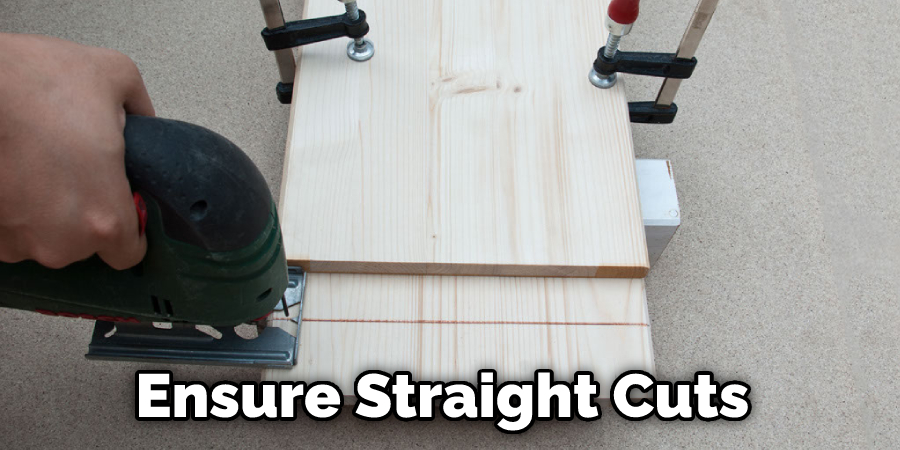
6. Double Check Your Setup:
Before turning on the saw, double check everything to make sure it is set up correctly and securely. This includes ensuring the clamps hold the wood in place, the depth is adjusted properly, and any guides are attached securely. It’s always better to be safe than sorry when it comes to power tools.
7. Make Your Cuts:
Start by marking where you want to cut on the wood using a pencil or marker. Then, using a hand saw or circular saw, make your cuts against the grain of the wood following the marked line. If using a circular saw, clamp your guide to the wood for added precision and stability. If you don’t have access to a circular saw, make multiple passes with a hand, or miter saw, slowly cutting away until the wood is ripped to your desired width.
8. Use a Router:
Another alternative is to use a router and straight edge guide to cut along the wood grain. This method requires more skill and caution, as the router can easily veer off track. If the router veers off track, it can result in damage to the wood or even injury.
9. Use a Chisel:
If all else fails, use a chisel and hammer to carefully chip away at the wood along the grain, slowly shaping it into your desired width. This method is time and labor-intensive but can be done in a pinch without access to power tools. Be cautious and go slowly to prevent damaging the wood or injuring yourself.
You Can Check It Out to Cut Wood Wall Paneling
10. Sand Down Edges:
Once your wood is ripped to the desired width, use sandpaper or a sander to smooth down any rough edges and make it even. For added protection and aesthetic appeal, you may also want to stain or seal the wood. This will give you a clean, professional finish on your ripped wood.
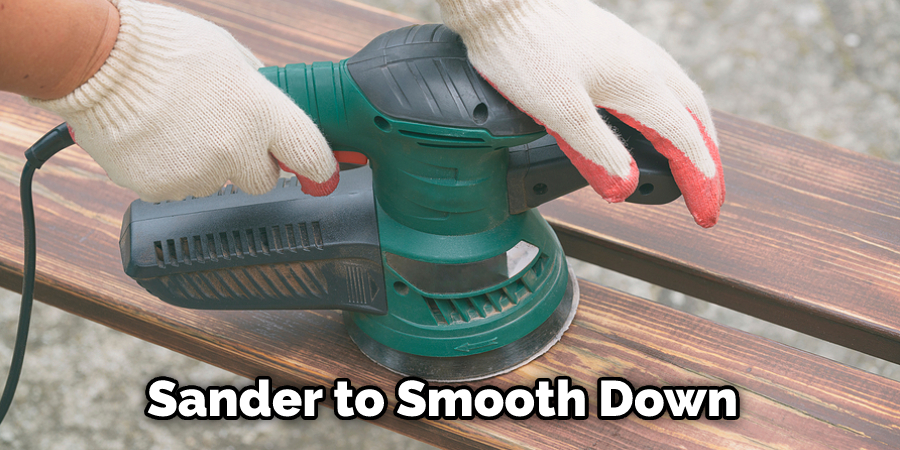
These guides will help you successfully rip wood without a table saw, but always use caution and be sure to follow all safety precautions when using power tools or hand saws. Happy building!
7 Precautions You Need to Take While Ripping Wood Without a Table Saw
- Choose a straight piece of wood to work with. When using hand tools, it is important to have a straight board to start with for accurate cuts.
- Use a sharp blade or saw for clean and efficient cuts. Dull blades can lead to rough and uneven cuts and potential injury.
- Secure the wood before cutting. Use clamps or a vise to hold the wood in place while cutting to prevent slipping and potential injury.
- Cut slowly and steadily, following along a straight edge for accuracy.
- Take breaks as needed for fatigue, as hand sawing can be physically strenuous. Make sure to use proper posture and lifting techniques to prevent strain and injury.
- Wear protective gear, gloves, goggles, and dust masks.
- Consider renting or borrowing a table saw for larger projects or if hand sawing proves too difficult. Ripping wood without a table saw may be possible, but it requires extra caution and patience for safe and successful results.
I hope these precautions help you stay safe while ripping wood without a table saw!
Is It Possible to Rip With a Crosscut Blade?
Technically, it is possible to rip wood with a crosscut blade, but it is not recommended. Crosscut blades are designed for cutting across the grain of wood and may not be able to handle the strain of ripping, leading to potential damage or injury. It is best to use a rip blade specifically designed for this type of cut.
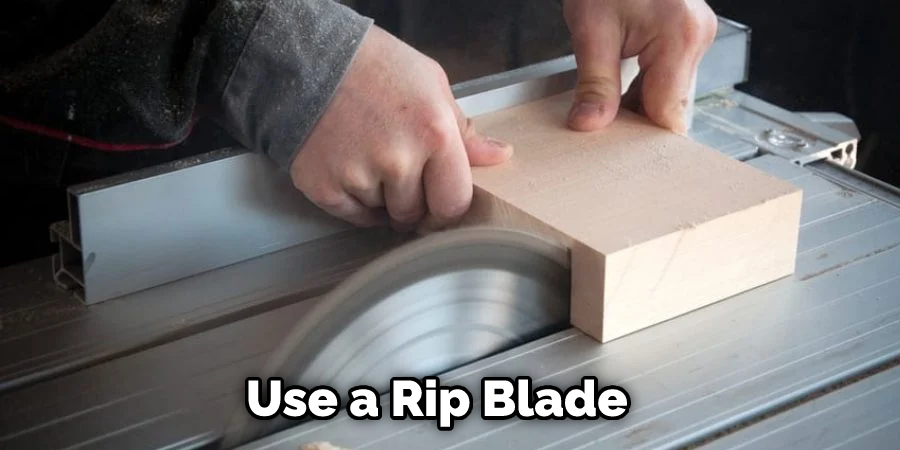
If a rip blade is unavailable, using hand saws or alternative cutting methods may be safer and more efficient. Always use caution and proper technique when making any type of cut on wood.
Can You Rip With a Miter Saw?
It is possible to rip wood with a miter saw. However, it is not the most efficient or effective method. Miter saws are designed for making angled cuts and may struggle to cut through the grain of the wood when ripping.
Other options for ripping wood without a table saw include using a jig saw with a rip guide. This method may take more time and effort but can still produce accurate cuts.
It is important to remember safety precautions when using any power tools, such as wearing eye and ear protection and keeping fingers away from the blade.
Conclusion
Now that you know how to rip wood without a table saw, you can put this knowledge to good use the next time you’re in the workshop. Whether you’re working on a project for home or for the office, ripping wood by hand is a skill that will come in handy.
Hopefully, these tips and precautions will help you stay safe while completing your wood-ripping tasks successfully.
As you can see, there are many ways to rip wood without a table saw. You can get the job done quickly and efficiently with the right tools and techniques. So get out there and start building!
You Can Chack It Out Clean Mineral Spirits Off Wood

